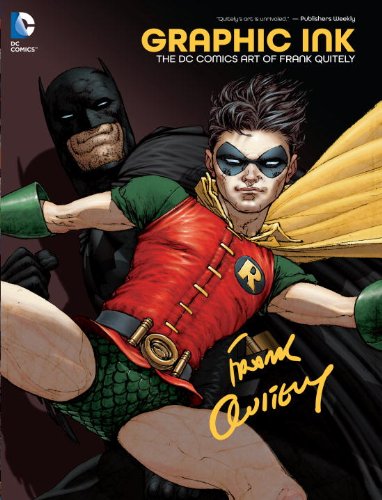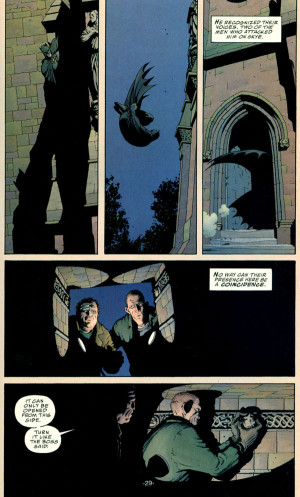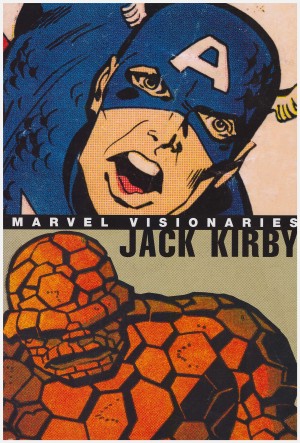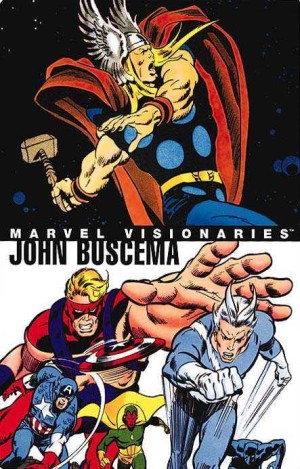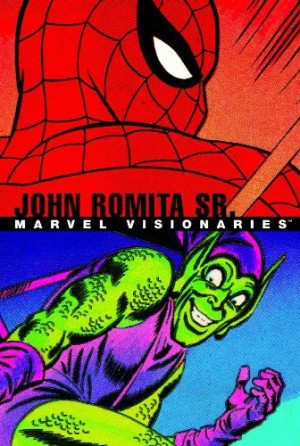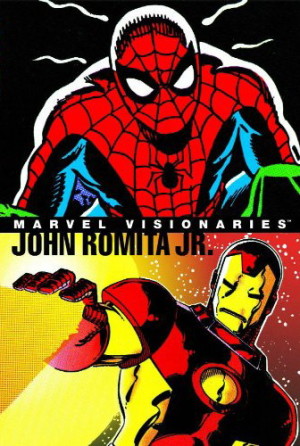Review by Ian Keogh
DC’s Graphic Ink series is nicely produced hardcover volumes collecting work from top artists that would otherwise languish in forgotten anthologies and comics never gathered into graphic novels. Frank Quitely’s certainly deserving, although one wonders what was going through the mind of whoever’s responsible for the cover. They’ve taken an already strange image and closed further in on Robin’s crotch. Is this really what DC considered the most representative illustration to sell the artist and their company?
Quitely’s ability is there from the earliest strips, which show that exquisite fine line, honed by years of looking at the work of Dudley D. Watkins and imitators on The Broons and Oor Wullie in Scottish newspapers. His first DC work was for the generally worthwhile series The Big Book of… in which a topic was investigated via an anthology format requiring a considerable number of artists. Quitely contributed to eight of the seventeen issued covering subjects from Salvador Dali’s surrealism to the UFO claims of Robert Lazar, each beautifully illustrated.
One of the strongest impressions given by this collection is that DC’s editorial staff either couldn’t see the talent or just didn’t know where to employ it, and wasted Quitely on a succession of minor projects. His earliest work here dates from 1995, and in the following four years almost everything represented is from an anthology, during which time he also drew 2020 Visions (not mentioned) and Flex Mentallo, surely neither considered commercial hot properties. As good as Mark Waid’s tale of Plastic Man’s son Offspring is, that wasn’t high profile either. Then again, perhaps editors could see the talent, but distrusted the storytelling. In his afterword Quitely himself mentions being required to fax through rough layouts for every single page of JLA: Earth 2. After seven years with DC no wonder he decamped first to the then independent Wildstorm, then to Marvel. That appeared to confirm his value to DC, and when he next worked for them five years later it was on far more prestigious material.
All-Star Superman‘s covers are included alongside many others, an ephemera-packed Birds of Prey effort a particular gem, but as with other DC hardcovers, there are problems with the production and a few double page spreads lose content in the central binding. Why is this so frequently the case with pricey DC product? It shouldn’t happen at all.
The post-millenial material is more widely known. The opening three chapters of Grant Morrison’s Batman and Robin series from 2009 provide an effective contrast in Quitely’s approach to DC’s premier character when compared with his work from a decade earlier drawing Batman in Scotland, which isn’t Alan Grant’s finest hour. Both are extremely well drawn, with the older work less ambitious in terms of storytelling, but also, in places, less crowded. From the millennium Morrison was Quitely’s most frequent collaborator, and several moods are present. The Invisibles chapter supplied in isolation makes very little sense, but is artistically startling, and the excerpt from Morrison’s restoration of Batman in 2008 may be brief, but survives as an original piece of storytelling.
It’s Quitely’s art, however, that’s the appeal, and only his name on the cover. There’s always been a delicacy to that art, and while those buying their comics in monthly hits may be frustrated at deadline problems, work of this quality can’t be bashed out to order. In an era where the variety of excellent comic art is at an all time high, Quitely’s work still stands out, and as a collection this showcases exactly why.
